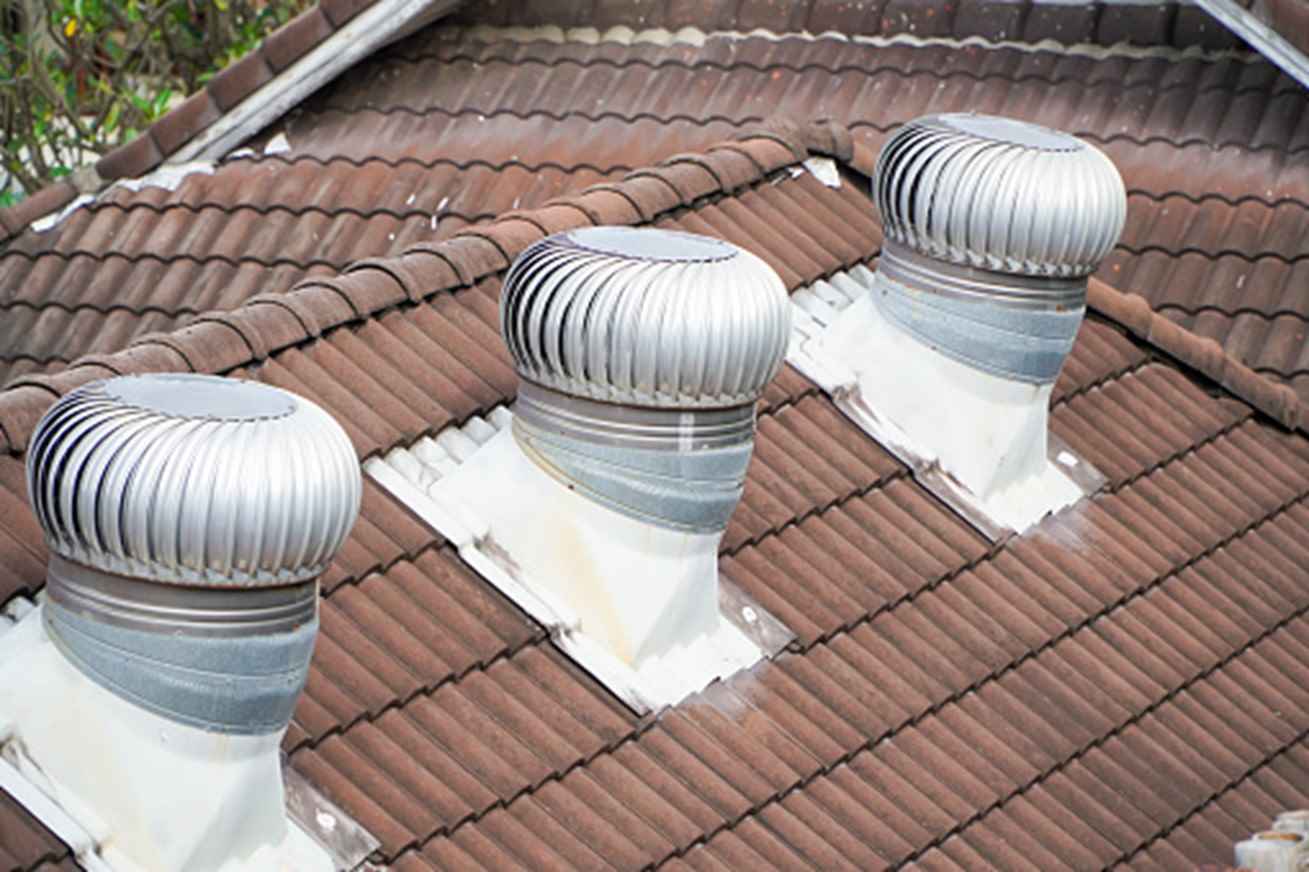Guidance for Effective Roof and Attic Ventilation
It’s important to have adequate ventilation in your roof and attic to maintain a healthy and comfortable home environment. Without sufficient ventilation, your home can suffer from a multitude of issues from moisture buildup to mold growth and even structural damage. This guide will explore the best practices in roof and attic ventilation, providing you with the knowledge needed to keep your home in top condition.

Understanding the Basics of Ventilation
At its core, roof and attic ventilation allows the exchange of outdoor and indoor air to regulate temperature and moisture levels. Proper ventilation helps prevent moisture buildup, which can cause mildew, mold growth, and even wood rot, extending the lifespan of your roof. Ventilation systems typically consist of exhaust vents, which expel hot, moist air from the attic, and intake vents, which let fresh air enter the space.
Common Ventilation Problems and Solutions
Homeowners often face several common issues with roof and attic ventilation. Poor airflow, inadequate insulation, and blocked vents can all contribute to ineffective ventilation. To address these problems, consider the following solutions:
- Improve Airflow: Ensure that vents are not blocked by insulation or debris. Installing an attic ventilation fan can enhance air circulation, particularly in larger attics.
- Enhance Insulation: Proper insulation is crucial for maintaining a consistent temperature in your attic, which supports effective ventilation. Make sure the insulation does not cover vents.
- Regular Maintenance: Periodically check and clean your ventilation system to ensure it is functioning correctly. Replace damaged vents and repair any leaks promptly.
Guidelines for Effective Ventilation
Achieving optimal roof and attic ventilation requires a balanced approach. Key guidelines include:
- Intake and Exhaust Vents: A balanced system of intake and exhaust vents is essential. Intake vents, which are located at the soffits or eaves, let fresh air enter the attic. Exhaust vents, which are typically placed at or near the roof ridge, expel hot, moist air.
- Adequate Insulation: Proper insulation helps regulate attic temperature and prevent ice dams in colder climates. It should be installed without blocking any vents.
- Air Circulation: Ensuring free airflow between the intake and exhaust vents is crucial. Baffles or rafter vents can help maintain a clear path for air movement.
Expert Insights from Star Roofing
We consulted with our Roofing experts to gather expert insights on how to improve attic ventilation. According to their professionals, the key to effective ventilation is regular roof inspection and maintenance. They recommend checking for signs of poor attic ventilation, such as condensation on rafters or the underside of the roof decking, and signs of roof damage, such as damaged or missing shingles. Cleaning your roof and gutters and making sure your vents aren’t blocked by boxes or furniture can help you get the most out of your ventilation. Additionally, they suggest using a combination of different types of attic ventilation, such as ridge vents, soffit vents, and attic ventilation fans, to maximize efficiency. For the best results, it’s a good idea to hire professional attic ventilation contractors.
Signs of Inadequate Ventilation
Recognizing the signs of poor attic ventilation is crucial for addressing issues promptly. Common indicators include:
- Mold Growth: Visible mold or mildew in the attic suggests excessive moisture due to inadequate ventilation.
- High Energy Bills: Poor ventilation can force your HVAC system to put in more work, potentially leading to increased energy costs.
- Excessive Heat: An overly hot attic in the summer indicates that hot air is not being expelled efficiently, stressing your roof and cooling system.
Benefits of Proper Ventilation
Proper roof and attic ventilation offer numerous benefits for homeowners, including:
- Improved Energy Efficiency: Adequate ventilation helps regulate attic temperature, which can reduce the load on your HVAC system and potentially lower your energy bills.
- Extended Roof Lifespan: By preventing moisture buildup and temperature extremes, proper ventilation can extend the life of your roofing materials.
- Enhanced Indoor Air Quality: Good ventilation reduces the opportunity for mold and mildew to grow in your attic or elsewhere in your home, contributing to a healthier living environment.
DIY Ventilation Tips for Homeowners
For those looking to improve their home’s ventilation, here are some DIY tips:
- Install an Attic Ventilation Fan: This can help improve air circulation, particularly in attics with limited airflow.
- Clear Blocked Vents: Regularly inspect and remove any insulation or debris blocking your intake or exhaust vents.
- Add More Vents: If your attic ventilation requirements are not being met, consider adding additional vents to increase airflow.
A Breath of Fresh Air for Your Home
Good ventilation in your roof and attic is crucial to make sure your home stays healthy, comfortable, and energy efficient. By understanding the basics of ventilation, recognizing signs of poor attic ventilation, and implementing practical solutions, you can improve indoor air quality, avoid moisture damage, and reduce energy costs. At Heartland Roofing & Construction, located in New Braunfels, Texas, we take pride in offering personalized service and meticulous quality to our clients. Our team of professionals is committed to providing high-quality craftsmanship and long-lasting results. Make sure your home remains safe and comfortable by prioritizing ventilation maintenance and contacting us today for all your roofing needs.





